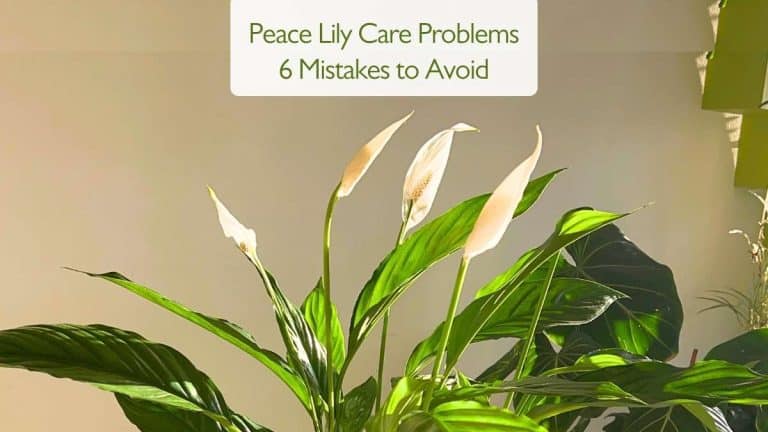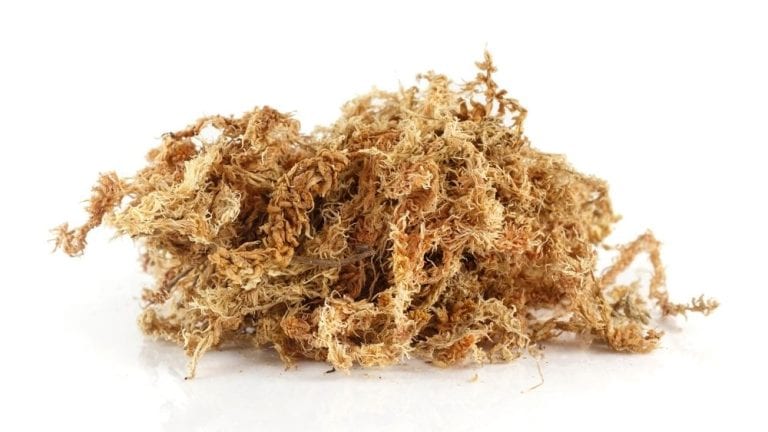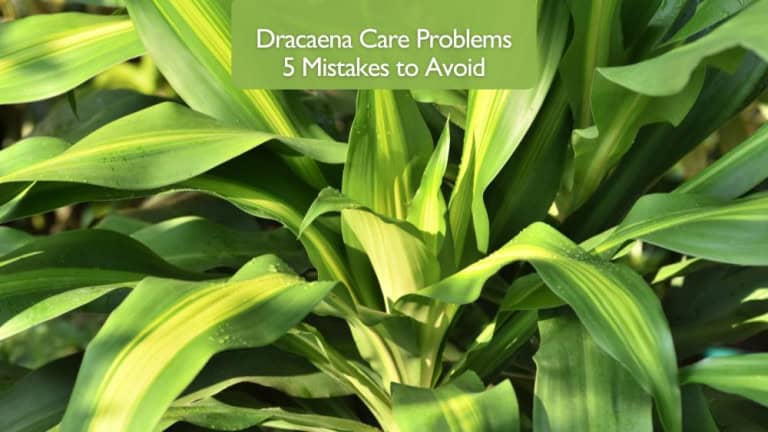Peace Lily Care Problems: 6 Common Mistakes to Avoid with Spathiphyllum
Peace Lilies (Spathiphyllum) are widely loved for their graceful white flowers and lush green foliage. They’re often recommended as easy-care houseplants, but many plant lovers face challenges keeping them healthy and blooming. If your Peace Lily is showing yellow leaves, brown tips, drooping, or no flowers, it’s usually caused by one or more common Peace Lily care problems.
In this article, I’ll walk you through the six most frequent Peace Lily care problems, explain why they happen, and share practical solutions to help your plant thrive and bloom beautifully. If you prefer a visual explanation, you can watch my detailed video below:
1. Incorrect Watering: Overwatering and Underwatering Are the Biggest Causes of Peace Lily Care Problems
Watering mistakes top the list when it comes to Peace Lily care problems. These plants prefer consistently moist soil, but not soggy or waterlogged conditions. Overwatering causes the roots to suffocate and rot, while underwatering stresses the plant, leading to droopy, yellowing leaves and brown tips.
One common issue is watering on a fixed schedule without checking the soil. This can lead to watering when the soil is still wet or waiting too long after it’s dry. The best approach is to check the soil moisture before watering—stick your finger about one inch into the soil. If it feels dry at this depth, it’s time to water thoroughly.
When you water, do so deeply so that moisture reaches the entire root system. Avoid frequent shallow watering that encourages weak, shallow roots. Also, always empty any excess water from the saucer to prevent standing water, which invites root rot.
Peace Lilies are sensitive to their watering environment, so adjusting based on season, temperature, and humidity is important to avoid these common Peace Lily care problems.
2. Using Tap Water That Harms Your Peace Lily
Many people overlook the quality of water they use, which is a surprisingly common cause of Peace Lily care problems. Tap water often contains chemicals such as chlorine, fluoride, and salts that can accumulate in the soil and damage delicate leaf tips, causing them to brown and dry out.
To avoid this, consider these options:
- Use filtered or distilled water to avoid chemical buildup.
- Let tap water sit for 24 hours before watering to allow chlorine to dissipate.
- Collect rainwater if possible, which is naturally soft and pure.
If you already have brown leaf tips from tap water, trimming them off and switching to better water will gradually improve the plant’s appearance and help prevent ongoing Peace Lily care problems.
Watering is a common Peace Lily care problem, especially as seasonal changes affect moisture needs. For more detailed advice on adjusting watering and other care during warmer months, be sure to check out my comprehensive article on Summer Tips for Houseplants.
3. Temperature and Humidity Issues Can Cause Leaf Browning and Poor Growth

Peace Lilies thrive in warm, humid environments that mimic their tropical origins. Exposure to cold drafts, sudden temperature changes, or dry indoor air can stress your plant and cause leaf browning or wilting—common Peace Lily care problems.
Ideal temperatures for Peace Lilies range between 65°F and 80°F (18°C to 27°C). Avoid placing your plant near drafty windows, air conditioners, or heaters, which create inconsistent conditions.
Because indoor air can become dry—especially in winter or with air conditioning—maintaining humidity is crucial. You can raise humidity levels by:
- Grouping your Peace Lily with other plants to create a micro-humid environment.
- Using a humidifier nearby to maintain consistent moisture in the air.
- Placing the pot on a tray of water and pebbles, ensuring the pot bottom does not sit directly in water.
- Gently misting the leaves once or twice a week, but avoid soaking the foliage.
Consistent humidity helps prevent dry leaf tips and promotes lush, healthy growth, reducing these common Peace Lily care problems.
4. Incorrect Light Exposure Is a Common but Fixable Peace Lily Care Problem
Peace Lilies are often described as low-light plants, which can be misleading. While they tolerate shade better than many other plants, insufficient light leads to poor growth and no flowers—a frequent Peace Lily care problem.
On the other hand, direct sunlight is too harsh, causing leaf scorch, yellow patches, and overall stress.
The best solution is to place your Peace Lily in bright, indirect light—a few feet away from an east- or north-facing window is perfect. You can also diffuse direct sunlight with sheer curtains.
If your home lacks natural light, consider supplementing with grow lights especially in winter months when daylight hours are short. Healthy light levels are essential for vibrant leaves and frequent blooming, helping you avoid this Peace Lily care problem.
5. Wrong Fertilizing Routine Causes Many Peace Lily Care Problems
Fertilizing is essential for growth, but both too much and too little fertilizer cause issues.
Lack of nutrients slows growth and reduces flowering, while over-fertilizing burns roots and causes brown leaf tips or edges.
My recommendation is to fertilize your Peace Lily with a balanced organic fertilizer once a month during the growing season (spring and summer). Dilute liquid fertilizers to half strength to avoid overfeeding.
Avoid fertilizing in fall and winter, when your plant naturally slows down.
Regular feeding with the right fertilizer ensures strong stems, rich green leaves, and healthy blooms while preventing these common Peace Lily care problems.
6. Poor Soil Mix and Repotting Mistakes Can Lead to Root Problems and Stunted Growth
Peace Lilies prefer a soil mix that retains moisture but drains well. Heavy or compacted soil can cause waterlogging, root rot, and oxygen deprivation—significant Peace Lily care problems.
An ideal mix includes:
- Quality potting soil
- Perlite or orchid bark for drainage
- Coconut coir or peat moss for moisture retention
Repot your Peace Lily every 2–3 years or when it becomes root-bound. Use a pot with drainage holes, one size larger than the current one.
Avoid repotting in late fall or winter. Spring or early summer is best for recovery and growth.
When repotting, handle roots carefully to minimize stress and water thoroughly afterward to reduce the risk of Peace Lily care problems.
Bonus: How to Encourage Your Peace Lily to Bloom Again
If your Peace Lily is healthy but refuses to bloom, adjusting light exposure and fertilization often helps. Give your plant brighter indirect light and consistent feeding during spring and summer.
For detailed advice, watch my video How to Encourage Peace Lily Blooming below:
Final Thoughts on Preventing Peace Lily Care Problems
By understanding these six common Peace Lily care problems and following the care tips above, you can nurture a thriving plant that brings beauty and freshness to your home for years.
If you have questions or want to share your own tips for Peace Lily care, please leave a comment—I love hearing from fellow plant lovers!
Explore More Music for Your Plants & Stay Connected!
Check out my Playlist: Music for Plants and find the perfect tunes to help your plants and yourself thrive.
Don’t forget to visit my YouTube Channel Plant House & Garden and subscribe — your support means the world to me!
Connect with me on social media for more plant care tips and music updates: Instagram | Facebook | X | Pinterest | Reddit | TikTok
Love plants? Love music? Don’t miss out on new updates — hit subscribe and follow now to keep your plants happy and your space vibrant!







